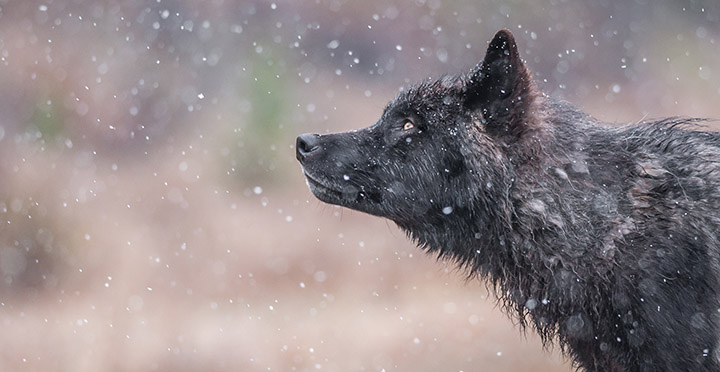One of the most pressing issues facing wildlife around the world is habitat loss. When large animals who require big, continuous pieces of habitat to feed, breed and thrive in lose that access, it can cause serious problems for them and us.
Habitat is lost in various ways, but one of the easiest ways to prevent this loss is to make well-informed development decisions based on scientific evidence.
Why people and wildlife need corridors
When large expanses of habitat are cut up into smaller, island-like ones that are not connected, it is called fragmentation.
This process plays a central role in shrinking the continental range of species including grizzly bears, wolverines and wolves, leading to their inclusion on endangered and at-risk lists.
If connectivity is difficult to maintain due to roads or development, wildlife corridors can be one solution to help wildlife survive.
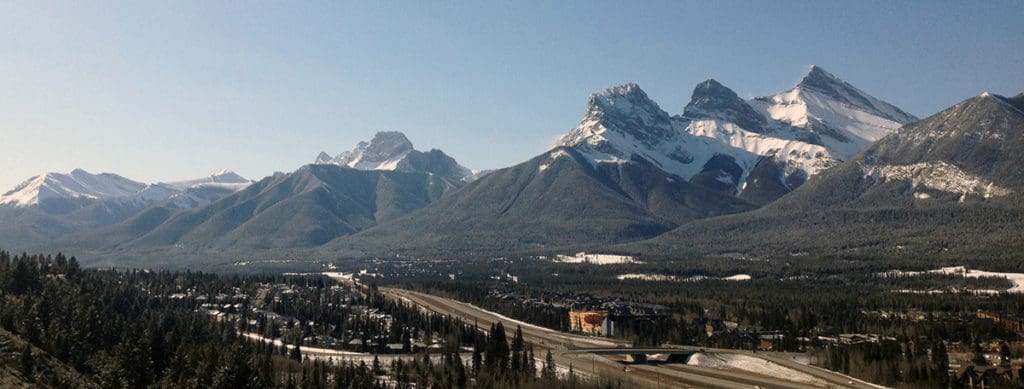
The importance of wildlife corridors in the Bow Valley
One such corridor in the Yellowstone to Yukon region is in Alberta’s Bow Valley. This area, just outside Banff National Park, is one of the four most important east-west connectors in the entire 3,400 kilometer (2,100 mile) length of the region, and one of two such valleys in Alberta.
Compared to the valleys around it, the Bow Valley is low, flat, warm, and dry, creating high quality habitat and movement corridors for animals. This narrow valley also contains the Bow River and the highly-productive lands adjacent to it provide resources for a wide range of wildlife.
For these reasons, this area in and around the town of Canmore is also popular with people, both to live and visit. With so much development in the valley bottom, the Canmore portion of the Bow Valley serves more as a key wildlife corridor than a core habitat.
This area connects the large nearby protected areas of Banff National Park and Kananaskis Country, keeping populations in both of those areas connected and genetically diverse.
Without the connectivity provided by effective corridors, a single robust, healthy wildlife population can become two smaller, weaker, less resilient populations that are much more vulnerable to additional stresses such as climate change, industrial development, or even wildfire.
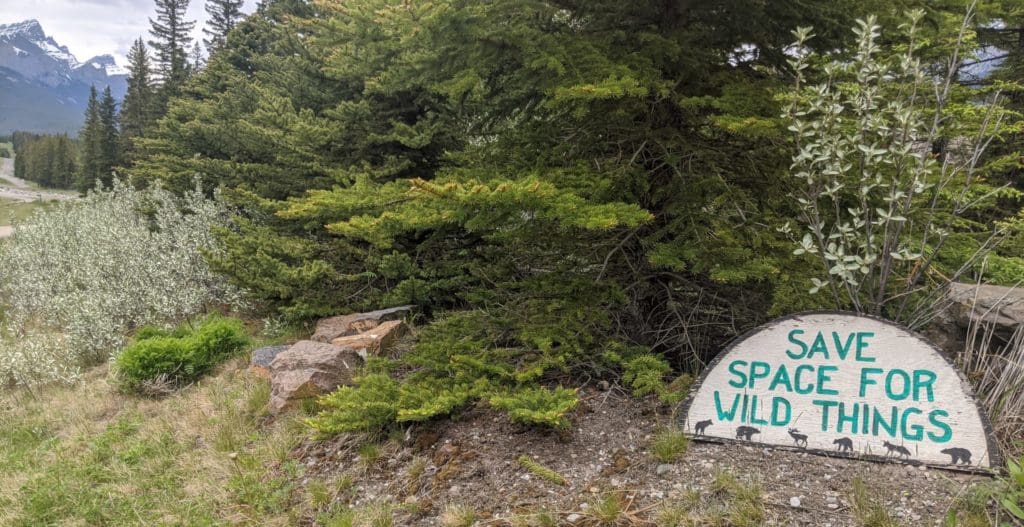
Community concerns for living with wildlife
In February 2020, Alberta Environment and Parks approved the Smith Creek Wildlife Corridor as proposed by the landowner, Three Sisters Mountain Village.
The approved corridor extends from the Stewart Creek neighbourhood to the Wind Valley at Dead Man’s Flats. This approval represents the provincial government’s final wildlife corridor designation around the Three Sisters lands, leaving future development planning and approvals to the Town of Canmore.
There are four major issues with this:
- Does not meet criteria to ensure wildlife movement. Rather than meet criteria intended to enable or even enhance wildlife movement through the corridor, the decision noted that the criteria upon which the corridor was evaluated would not block wildlife movement.
- The science is weak. The approved corridor falls far short of meeting the criteria laid out in the latest scientific publications for corridors to effectively promote wildlife movement and the connectivity of populations of large mammals, including grizzly bears and wolves. These publications include recent and forthcoming peer-reviewed work by leading corridor ecologists Paul Beier (A rule of thumb for widths of conservation corridors: Width of Conservation Corridors, 2018) and Adam Ford. (Effective corridor width: linking the spatial ecology of wildlife with land use policy, 2020)
- Too steep, too narrow: Based on our analysis of the newly designated corridor, including data collected by the province and by the developer on wildlife movement and habitat use, the Smith Creek wildlife corridor is neither wide enough nor flat enough to function effectively.
- Additionally, and importantly, the corridor will need to be diligently managed to keep people and wildlife from coming into conflict. According to Alberta’s draft grizzly bear recovery plan, the number one cause of grizzly deaths in the province follows conflict with people.
There are places in Smith Creek where the approved corridor narrows to a width of less than 70 metres between developable land and the slopes AEP has determined are too steep for most large animals to travel on. This creates a pinch-point.
For more on the slope steepness, review our map created in April 2020.
The average distance from people various species will turn and run at:
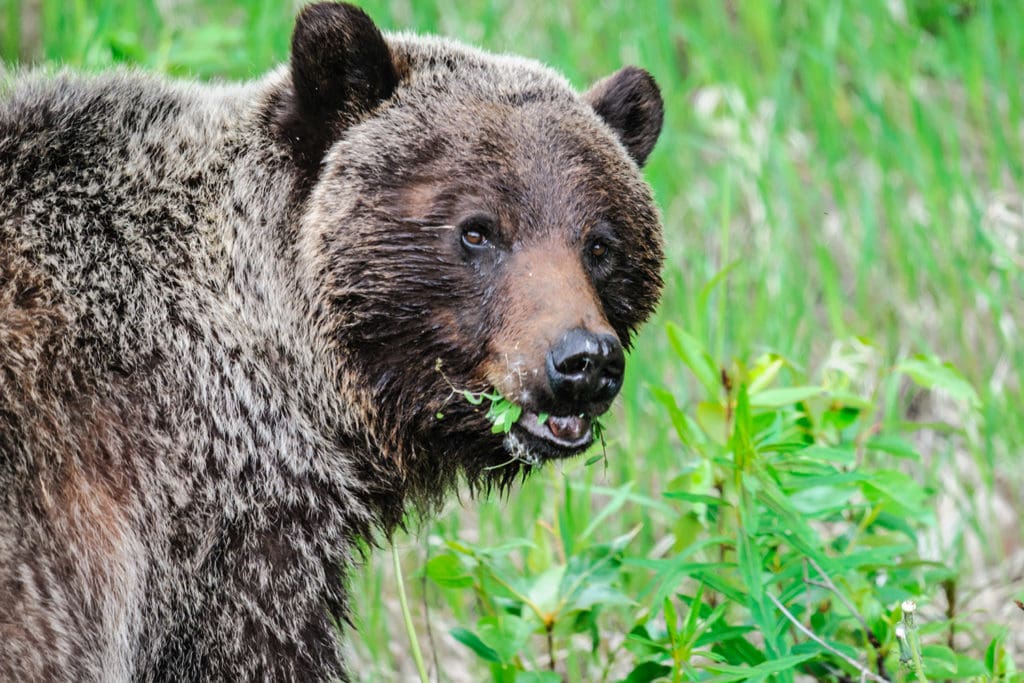
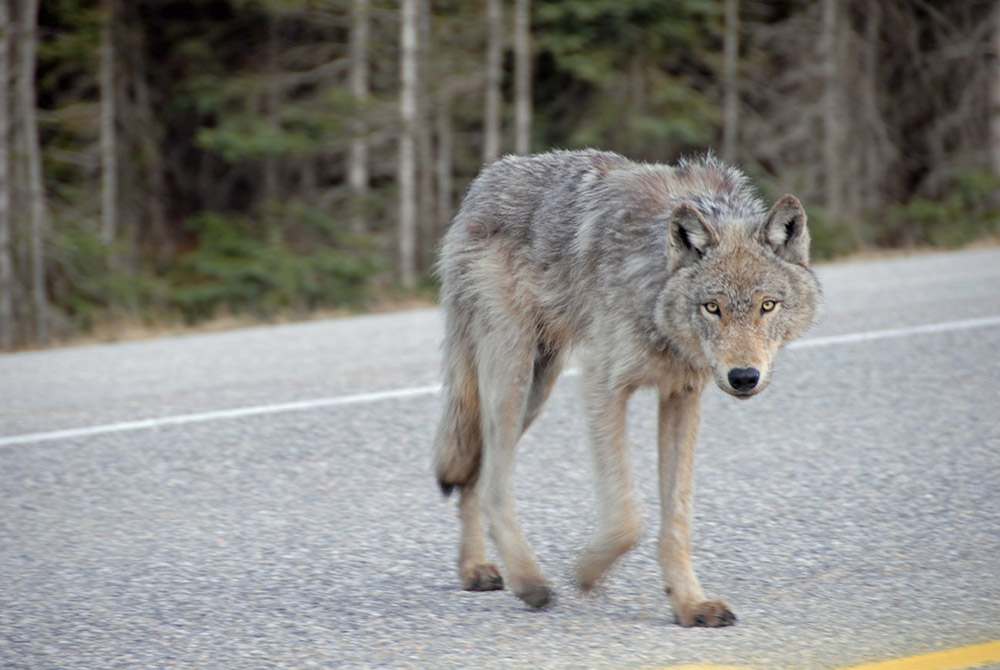
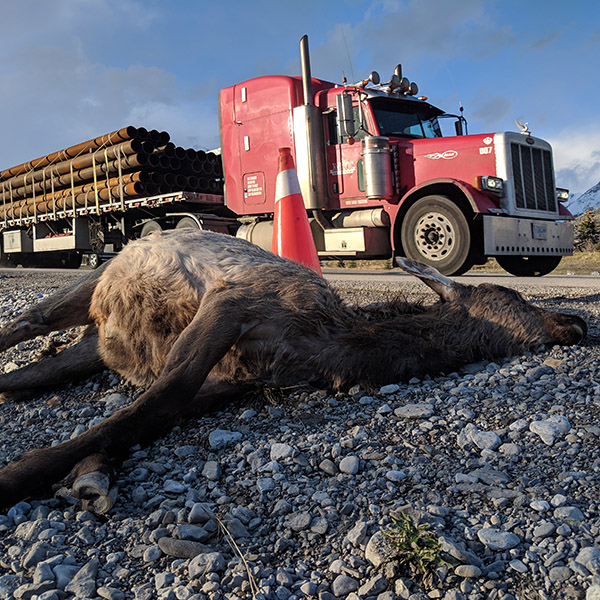
For a corridor to work for all these species, it needs to be much wider than 800 metres in order for these three species to feel safe.
The province’s Smith Creek corridor was designed to be a minimum of 400 metres wide. However, much of that is on slopes steeper than 20 degrees. A black diamond ski run is around 22 degrees (40 per cent grade slope grade).
Slope matters because more than 15,000 km of tracking data show 95 per cent of all animal movement happens on slopes 20 degrees or flatter.
Making the right decisions for wildlife and people
The Smith Creek corridor, as approved by Alberta Environment and Parks, requires animals to choose between travelling far closer to people than they normally do, travelling up terrain far steeper than they normally do — or both.
This is important because these situations cost wild animals a lot of hard-earned energy. If moving through this terrain isn’t worth the price, this land becomes a fracture zone that divides populations instead of connecting them.
Another factor is the increase in recreation and sheer numbers of people as future developments in Three Sisters plan to add upwards of 10,000 residents to the Town of Canmore.
In their approval, Alberta Environment and Parks insist this corridor needs considerable management of human use if it is to succeed at keeping wary species moving through the valley over the long-term. That means heavy restrictions on hiking, biking, dog-walking, and climbing access.
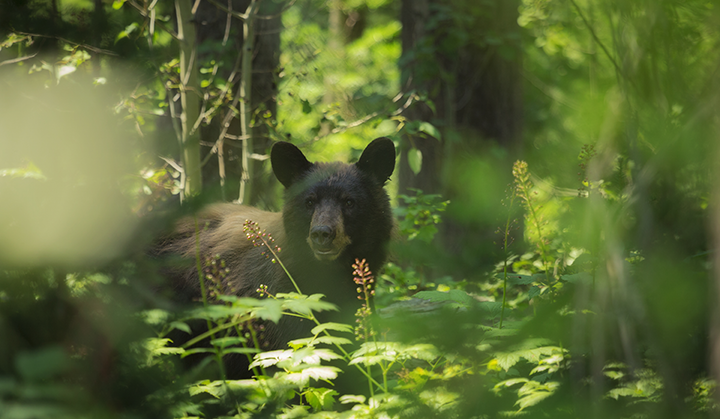
Wildlife corridors are an essential part of the Bow Valley
Bow Valley communities are rightfully proud of their efforts to live successfully alongside wildlife. It’s one of the reasons people want to live in the Bow Valley.
They care deeply for protecting these icons of the Rocky Mountain wilderness and helping them thrive into the future. Making the right decision can only be done once, and the residents, town council and visitors to the area have shown great concern over making the best decisions for people and wildlife.
If the adjacent lands are developed up to the edge of the approved corridor, there could be irreversible changes to the Valley and to the animal populations that use it. Wildlife corridors are more than a nice to have. They are essential to helping people and wildlife thrive.
Background and additional reading
- History of ownership and development at Three Sisters via Canmore Commons
- Alberta Environment and Parks rejects Three Sisters wildlife corridor proposal via Rocky Mountain Outlook
- Blog post: Major Canmore wildlife corridor decision made in secret
- Ford, A.T., Sunter, E.J., Fauvelle, C. et al. Effective corridor width: linking the spatial ecology of wildlife with land use policy. Eur J Wildl Res 66, 69 (2020). https://doi.org/10.1007/s10344-020-01385-y
- Beier, Paul. (2018). A rule of thumb for widths of conservation corridors: Width of Conservation Corridors. Conservation Biology. 33. 10.1111/cobi.13256.
